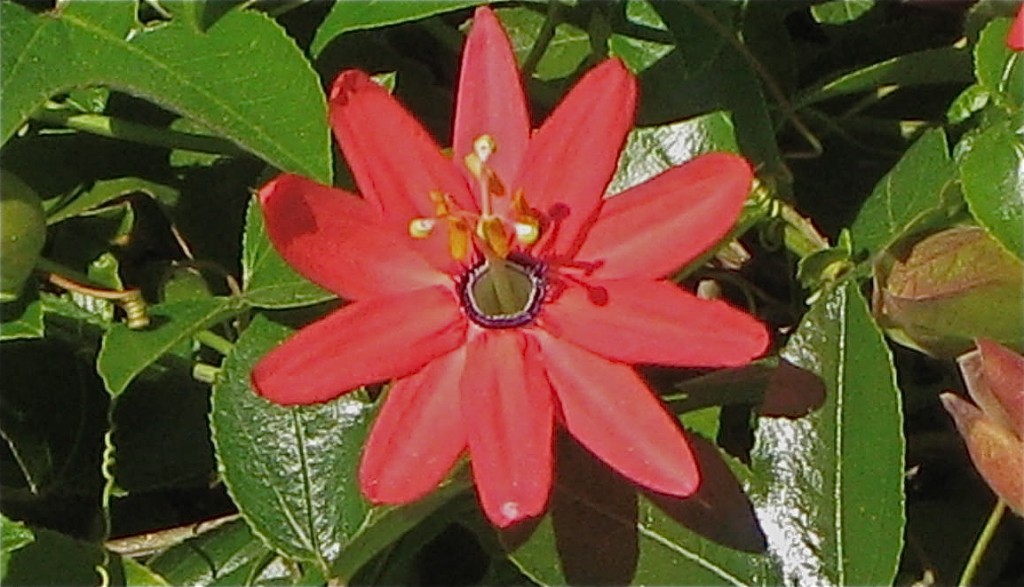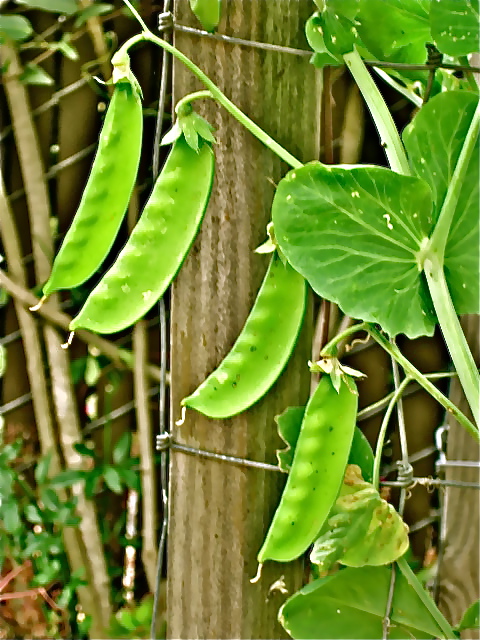
I’ve been working on the vegetable beds. They are pretty much filled up now. Snow peas, arugula, lettuce, strawberries, komtsuna (tendergreens), carrots, and beets have all been planted. Some are flourishing, some have not poked their heads above the earth as yet. The vegetable boxes are pretty much filled so I’ll plant tomatoes, squash, and pumpkins in other areas of the garden.
In warm areas of the county, start corn, beans, summer squash, cucumbers, melons, and pumpkins. Cool areas of the county can wait another month for these warm weather plantings.
There are lots of things to do in the garden this month. It’s a good time to divide cymbidiums and deadhead bulbs letting them turn brown before cutting them to the ground. Give them a complete fertilizer to encourage blooms next year. The irises are beginning to bloom. I’ll pinch off blooms as they fade and feed them with a high phosphorus (the middle number on labels) fertilizer to encourage blooms.
Feed your citrus trees before they turn yellow (like mine have). Feed them at least once a month with a high nitrogen products like fish emulsion, bone meal for phosphorus. Citrus are hogs for iron. If the veins in citrus leaves are green and the leaf is yellow, that’s a sure sign of iron deficiency. Include it in their feeding.

Stay on top of the gohers and moles. They are active, breeding, and multiplying this time of year. Use traps or insert poison deep into their runs. Plant any new plants in wire baskets to discourage gophers.
In colder areas, go through your garden and trim back freeze damage on trees and shrubs. You’ll be surprised how many plants will recuperate from what you might perceive as major damage.
Spray off aphids as they arrive. They love the tender new growth of rose tips. Stick to a spraying schedule if you have fungus that thrives in warm damp conditions. See Roses.
Keep areas around fruit trees clean. It you have problems with worms in apples and pears, practice methods described here. You can rid yourself of the “coddling moth” with a little effort.
If you have a lawn, it’s time to begin a feeding regime. Stay with it this year. The payoff will be worth it. If you don’t have a lawn, plant Mediterranean plants. They are real water savers.


